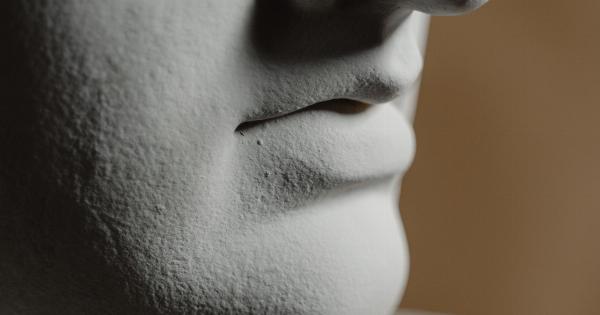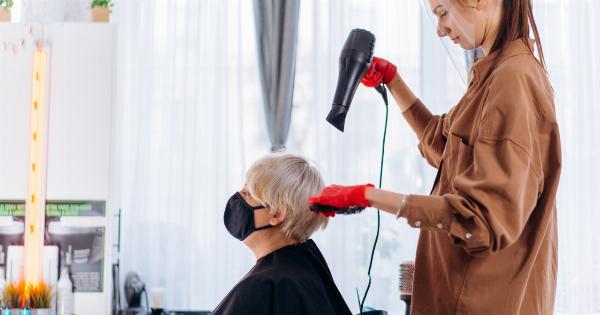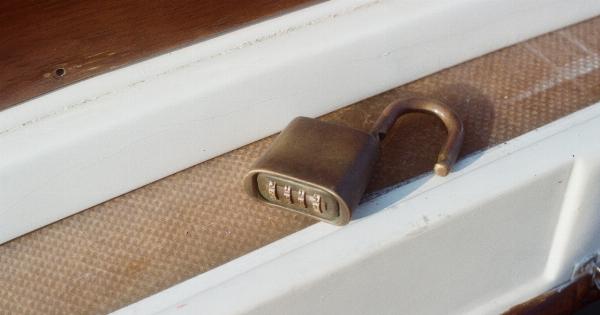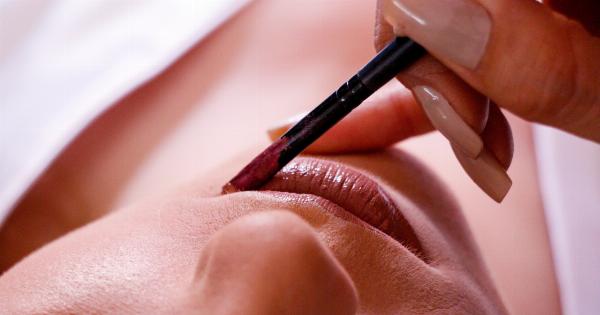When it comes to protecting our skin from the harmful effects of the sun, we often overlook one important area – our lips.
The delicate skin on our lips is highly susceptible to damage from UV rays, which can lead to dryness, chapping, and even more serious conditions like sunburn and skin cancer. To keep your lips safe and healthy all year round, here are some top tips to follow:.
1. Wear Lip Balm with SPF
Just like you apply sunscreen to your face and body, it’s crucial to use a lip balm that contains SPF. Look for a lip balm with a minimum SPF of 30 and broad-spectrum protection to shield your lips from both UVA and UVB rays.
Apply it generously and reapply every couple of hours, especially if you’re spending long periods in the sun or engaging in water activities.
2. Opt for Physical Sunscreens
When choosing a lip balm, opt for those that use physical sunscreens like zinc oxide or titanium dioxide. These ingredients act as a barrier on the lips, reflecting and scattering the harmful UV rays away from your skin.
Physical sunscreens are generally considered safer than chemical ones, as they don’t get absorbed into the body and start working instantly upon application.
3. Look for Moisturizing Ingredients
Sun exposure can easily dry out your lips, so it’s essential to choose a lip balm that offers moisturizing benefits.
Ingredients like shea butter, coconut oil, jojoba oil, and vitamin E provide intense hydration and prevent your lips from becoming dry and chapped. Avoid lip balms that contain menthol or camphor, as these can have a drying effect.
4. Avoid Harmful Ingredients
While selecting a lip balm, be mindful of the ingredients it contains. Avoid lip balms that contain artificial fragrances, dyes, and preservatives, as these can irritate your lips and cause allergic reactions.
Additionally, stay away from lip products that contain alcohol, as it can further dry out your lips. Opt for natural and organic lip balms whenever possible.
5. Practice Regular Exfoliation
Exfoliating your lips regularly helps to remove dead skin cells and promotes smoother, healthier lips. You can use a soft toothbrush or a lip scrub to gently exfoliate your lips at least once a week.
This process enhances the effectiveness of lip balms and allows them to penetrate better into the skin. However, it is important not to over-exfoliate, as it can cause irritation and sensitivity.
6. Hydrate from Within
Ensuring proper hydration is crucial for overall skin health, including your lips. Drink plenty of water throughout the day to keep your body and lips hydrated. Dehydrated lips are more prone to dryness and cracking when exposed to the sun.
Using a humidifier indoors during dry seasons can also help maintain moisture levels in the air, preventing your lips from drying out.
7. Seek Shade During Peak Hours
During the peak hours of the day, typically between 10 am and 4 pm, the sun’s rays are the strongest and most damaging. Whenever possible, seek shade or create your shade by wearing a wide-brimmed hat or using an umbrella.
This not only protects your lips but also safeguards your entire face and body from excessive sun exposure.
8. Limit Sun Exposure for Long Durations
Avoid prolonged sun exposure, especially during activities like sunbathing or spending hours outside without any protection.
If you’re planning to be outdoors for an extended period, ensure you reapply lip balm with SPF frequently and consider using a lip balm specifically designed for water-resistant properties, as water can wash away the protective layer.
9. Use Protective Lip Accessories
In addition to lip balm, consider using accessories like lip hats, visors, or UV-protective lip sleeves. These coverings offer extra protection and help shield your lips from direct sunlight.
When engaging in outdoor activities like hiking, skiing, or swimming, wearing these protective accessories can provide an added layer of defense against harmful UV rays.
10. Regularly Check for Any Changes
Lastly, it is important to monitor the condition of your lips regularly. Keep an eye out for any changes in texture, color, or the development of sores or bumps.
If you notice any unusual changes, consult a dermatologist promptly, as these can be potential signs of sun damage or skin cancer.






























